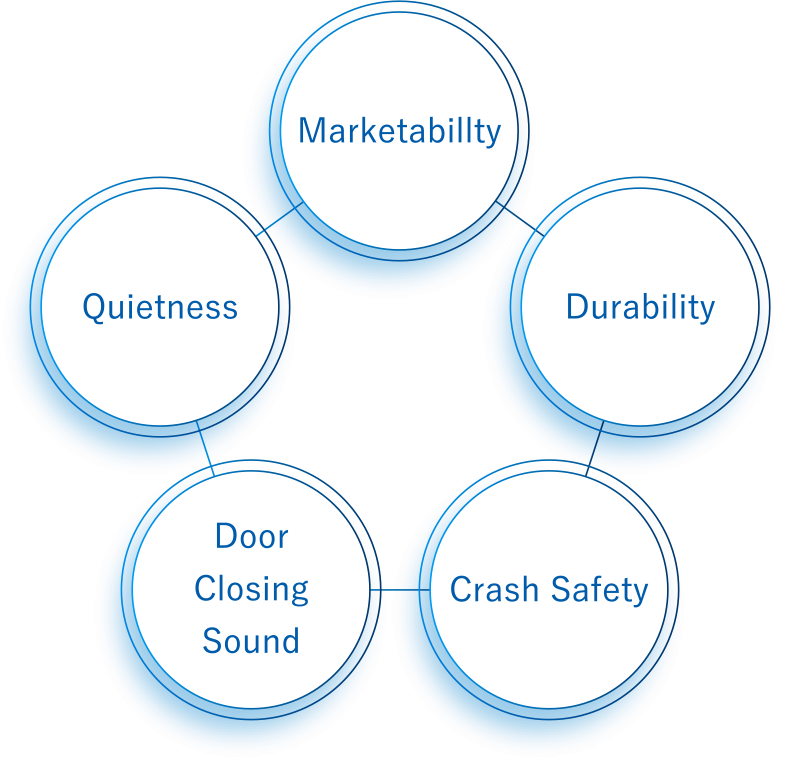Product Information
We are pursuing faithful replication of external design, comfort, safety, durability, and functionality based on current needs. Further, we are aiming to achieve higher product appeal by also researching and developing future generation doors.
Product Development
We are involved in product development as requested by our customers.
Initial Study
We strive to optimize each part's shape and thickness through simulation and analytic engineering. Our concurrent engineering takes place from the very beginning of product development, with both die/jig engineers and manufacturing engineers involved in the process.
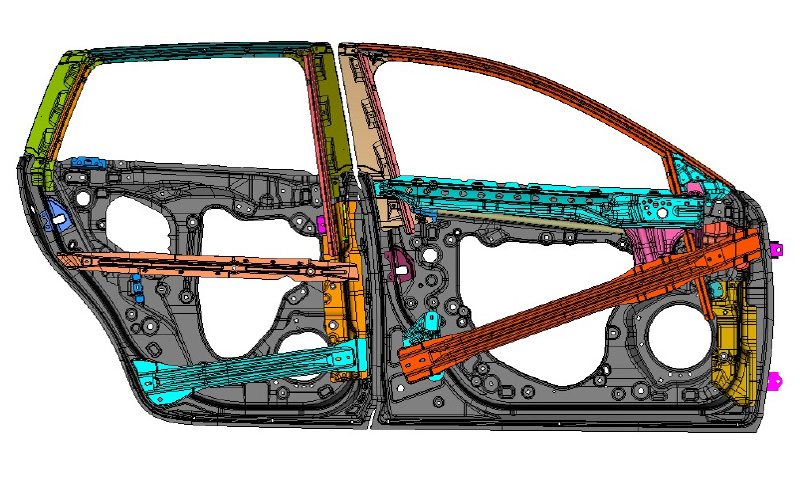
Optimal Engineering
We strive to optimize each part's shape and thickness through simulation and analytic engineering. Our concurrent engineering takes place from the very beginning of product development, with both die/jig engineers and manufacturing engineers involved in the process.
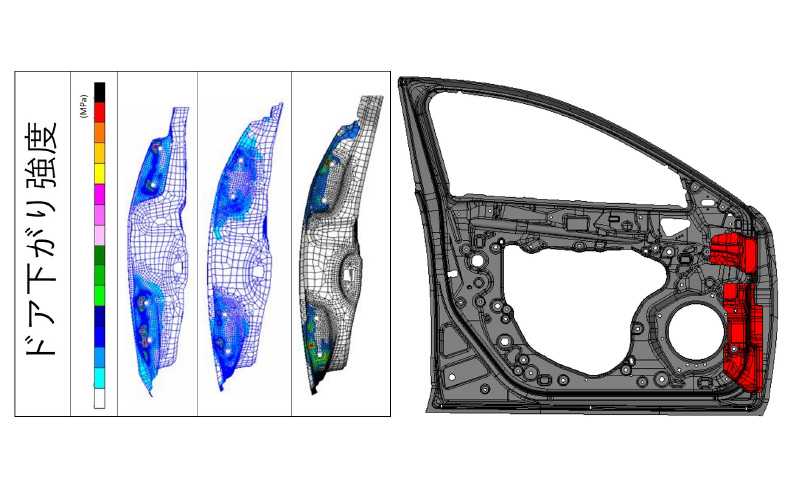
Design Tests & Evaluation
Panel rigidity
Panel rigidity is tested by placing a heavy load on the outer panel and evaluating the outer tension. Panel rigidity is also used as an indicator to check yield when applying wax to a door.
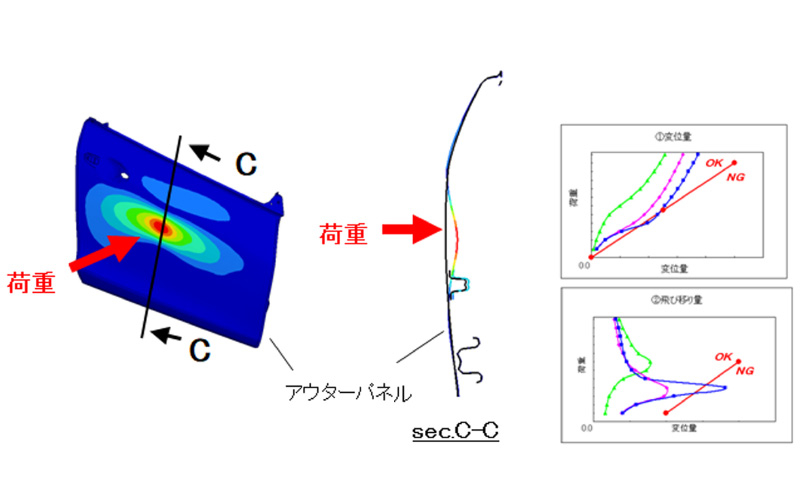
Door Sag Rigidity
Doors are opened and closed each time the passenger enters and exits the vehicle, so they must be durable enough to handle this. We conduct a rigidity test during installation that would indicate this.
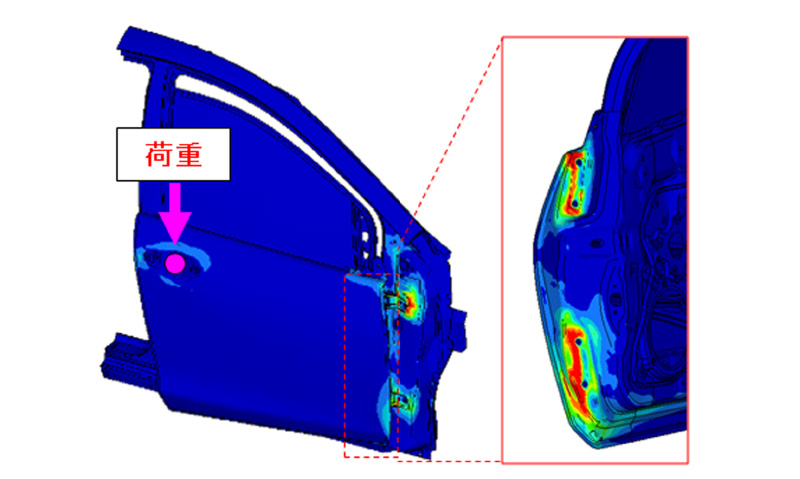
Door Closing Sound
We evaluate the sensitivity of the sound when closing a door.
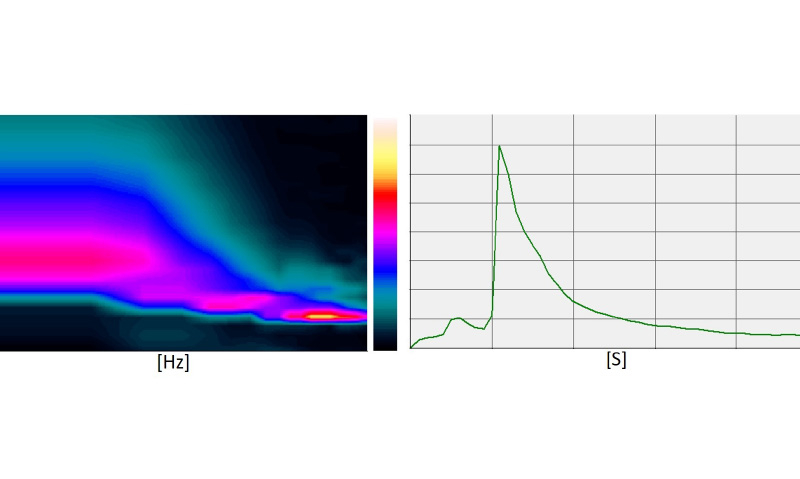
Quietness
To suppress the transmission of noise to the cabin, by using a laser scanning vibrometer, we can observe and catch any vibration on the door's surface.
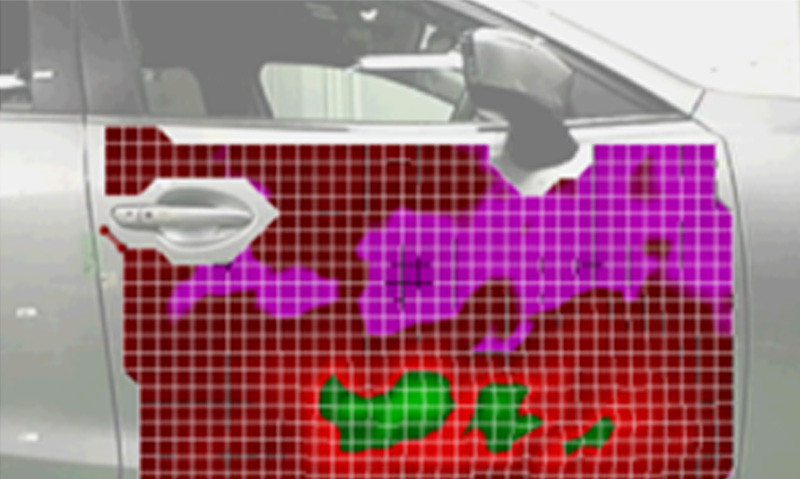
Durability
We conduct a durability test when opening and closing the doors, from the smallest crevices to the vehicle as a whole.
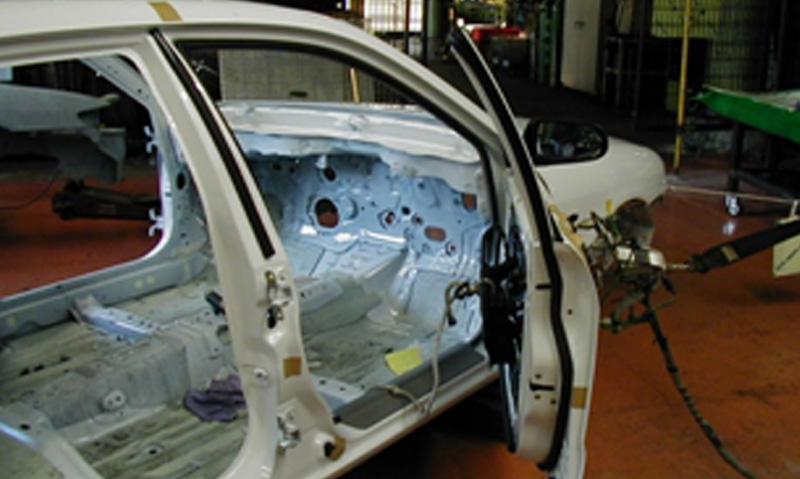
Crash Safety
We evaluate the side door strength as a substitute indicator of a crash evaluation.
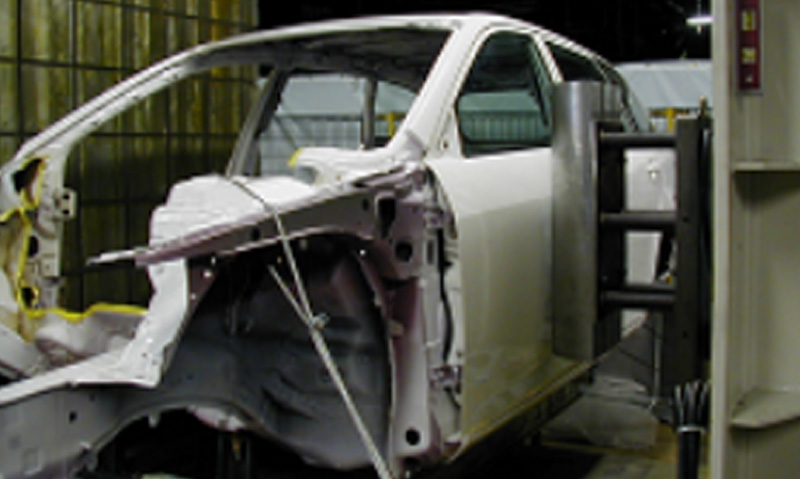
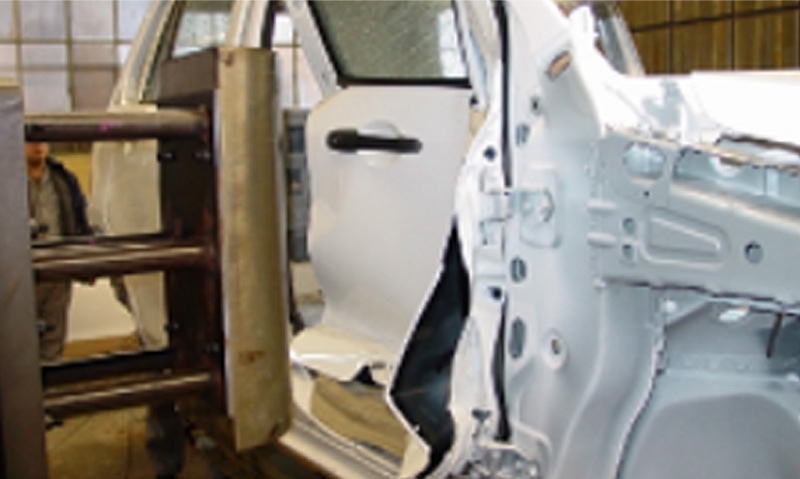
Tooling & Manufacturing Engineering
We synchronize our evaluations of stamping formability and assembly production requirements with product development.Through this process, we are able to suggest optimal shapes to make both the design and formability compatible with each other.During the manufacturing preparation stage, an experience engineer configures the press, dies, and optimal welding conditions in order to ensure quality and productivity.We are challenging ourselves to achieve premium surface quality by carefully finishing dies with expertise and fine tuning the hemming process.
-
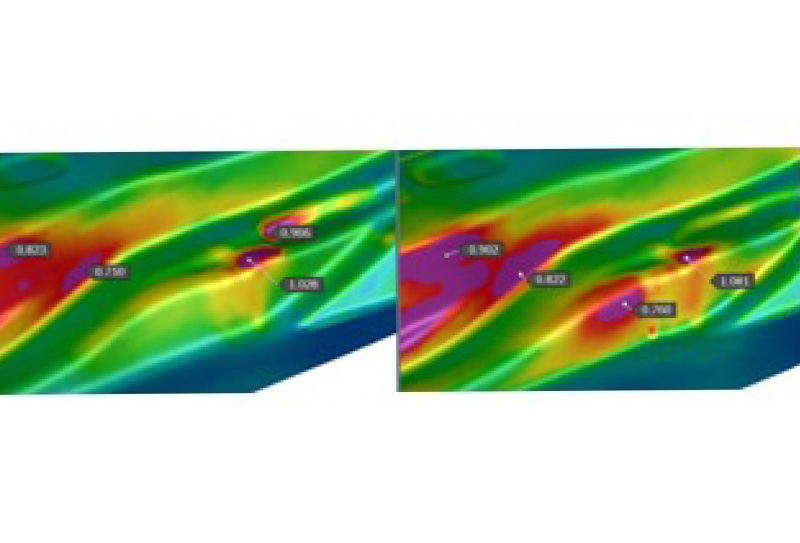
Stamping Formability Evaluation
-
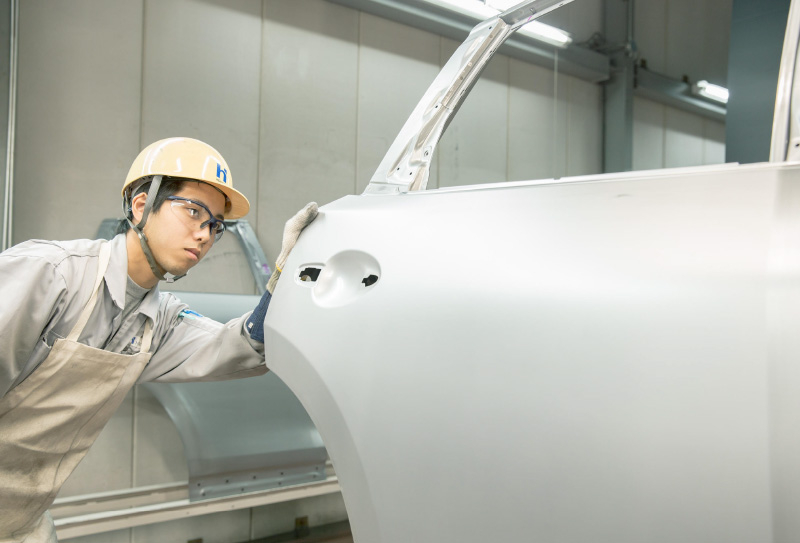
Determination towards Surface Quality
-
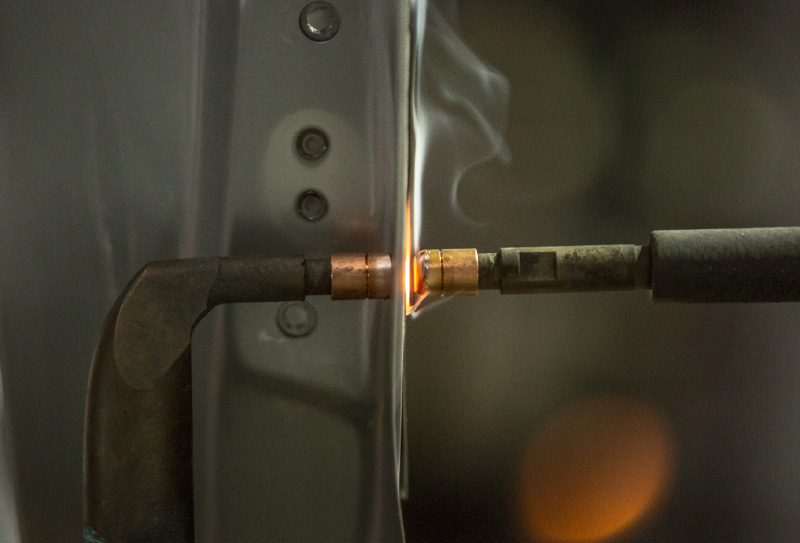
We inspect quality and productivity through testing various machining conditions during manufacturing tryout.
Production Process
-
Stamping Process
Various stamping parts are machined, including door outer panels and inner panels. Even the smallest amount of dust on the exterior door panel can cause quality issues, so in addition to the presses and dies being cleaned, materials must also be kept immaculately clean.
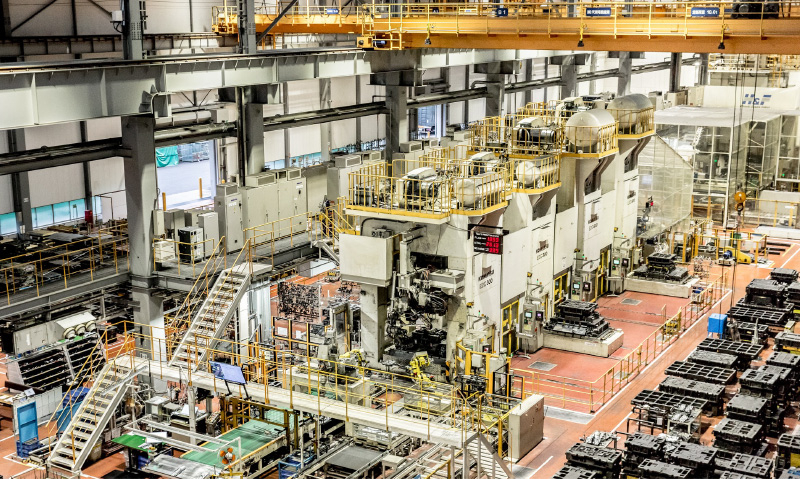
HQDC(Hirotec Quick Die Changer)
One way to evaluate a stamping facility's efficiency is its speed during die change. HIROTEC developed HQDC (HIROTEC Quick Die Changer) and won competitions hosted by American Automotive Industries magazine two years in a row (1991 and 1992), and we became famous for our short die change time.
-
Assembly Process
Inner Panel Assembly
When an inner panel and door components are set on a jig, the robot automatically transfers them to the next step and welds them together.
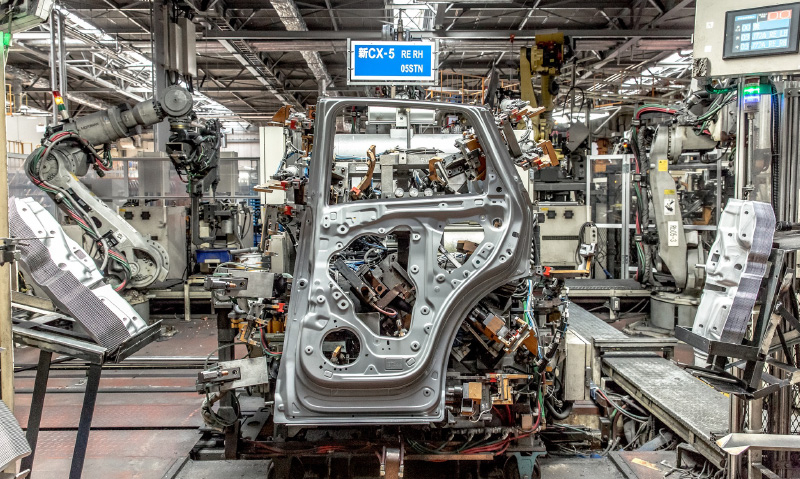
-
Assembly Process
Hemming
An outer panel and an inner panel are assembled by a bending process called "Hemming."
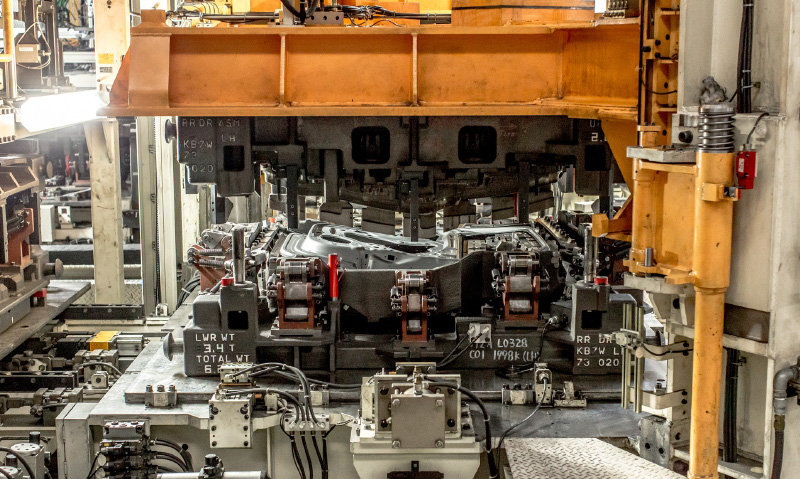
-
Inspection
With surface quality as the primary focus, we ensure that each door satisfies all quality requirements.
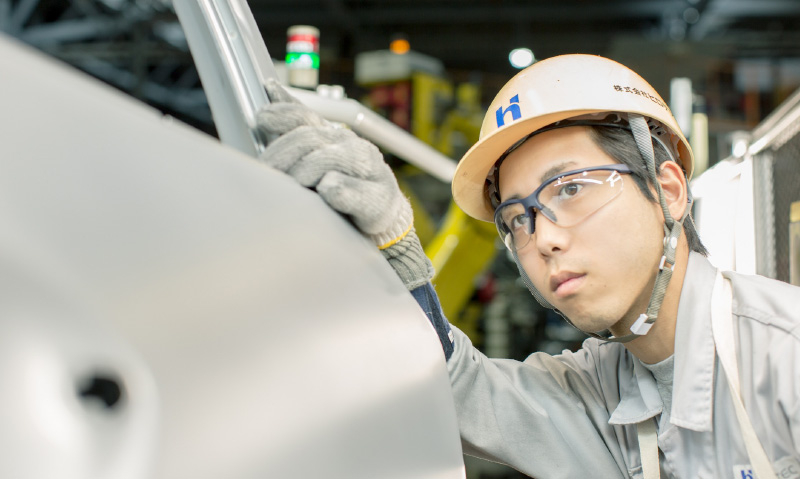
Products and services inquiry
Please contact us below if necessary.
First/Second tool & die division sales and marketing
TEL +81(0)82-941-7802
FAX +81(0)82-941-7850
